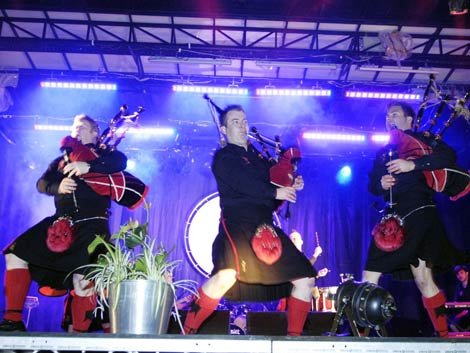On Saturday it was St. Andrew's Day, celebrated in Scotland as their patron saint. On the same day in Slovakia it is the name's day of Ondrej, which is the central European version of Andrew. Both refer to the St Andrew apostle who was crucified on an X shaped cross. He never made it to Scotland, but his bones were carried there by other missionaries. And St Andrew's cross has been the national symbol of the country long before whisky, kilts and the deep fried Mars Bar appeared.
In Slovakia, St Ondrej was associated with folk customs. Girls used to pour hot iron into water and the shape of the solidification determined the profession of their future husband. If it was a gun, he would be a soldier, a hammer stands for a smith and so on. There were more traditions, like preparing the cattle for the winter and starting the Christmas cooking and decorating. With the confectionary and trees on display from October in Slovakia, we can raise a glass with our friends, being a few weeks ahead with the Christmas preparations.
However, the traditions are surviving only in regions where folklore is more resistant to alcohol intoxication than commerce. Let me explain. Having a beer in a Scottish pub in central Bratislava on the 30th, I was one of the few who took any notice of St Andrew's Day. Most of folks were looking forward to St Nicholas Day, six days later than St Andrew's (which I wrote about last year).















